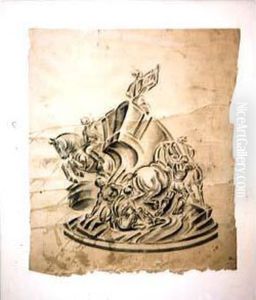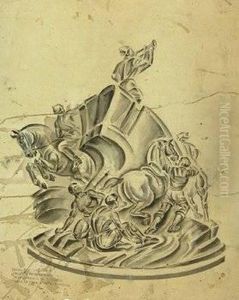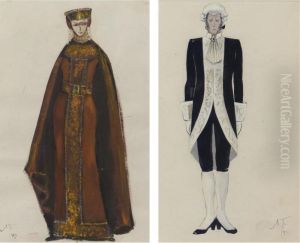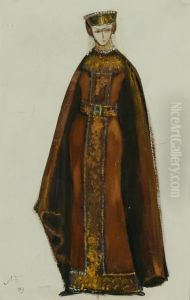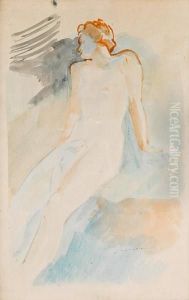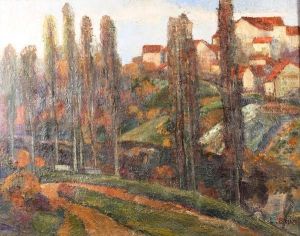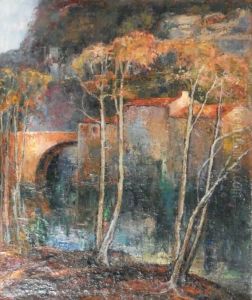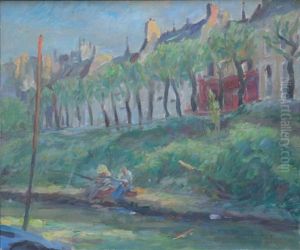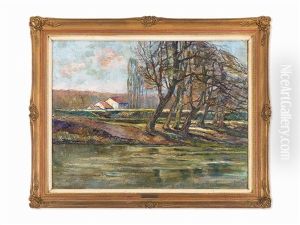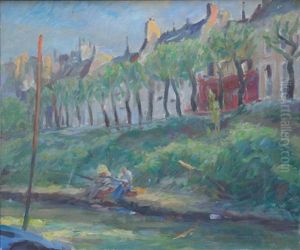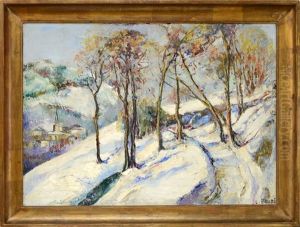Lev Bruni Paintings
Lev Alexandrovich Bruni was a distinguished Russian artist, known for his contributions to painting, graphic design, and book illustration. Born in Saint Petersburg, Russia, in 1894, Bruni emerged from a period of profound artistic innovation and upheaval, which deeply influenced his work throughout his life. He was a part of the Russian avant-garde movement, a wave that sought to break down the traditional barriers between different art forms and to experiment with new artistic languages and techniques.
Bruni's education and early career were marked by the turbulence of the early 20th century, including World War I and the Russian Revolution. He studied at the St. Petersburg Academy of Arts, where he was exposed to both classical and contemporary art forms. This period was crucial in shaping his artistic vision, blending traditional techniques with the burgeoning modernist sensibility.
During the 1920s and 1930s, Bruni's work gained recognition for its unique style, characterized by bold colors, dynamic compositions, and a blend of realism and abstraction. He was particularly noted for his illustrations for children's books and literary works, which showcased his ability to convey complex emotions and narratives through simple, yet powerful, imagery.
Despite the challenging political and social environment of the Soviet Union, Bruni managed to navigate the constraints imposed on artists, producing work that remained true to his artistic integrity while satisfying the regime's demand for ideologically suitable art. His illustrations for Alexander Pushkin's fairy tales are among his most celebrated works, beloved for their vivid portrayal of the Russian folklore.
Bruni's career was also marked by his contributions to theater design, where he applied his artistic vision to create sets and costumes that enhanced the theatrical experience. His work in this area was a testament to his versatility and creativity, further cementing his reputation as a significant figure in Russian art.
Lev Bruni's life was cut short in 1948, but his legacy lives on through his contributions to the world of art. His ability to traverse different mediums and styles, while maintaining a unique voice, has left an indelible mark on the history of Russian art. Bruni's work continues to be celebrated for its innovation, emotional depth, and beauty, ensuring his place among the leading artists of his time.
